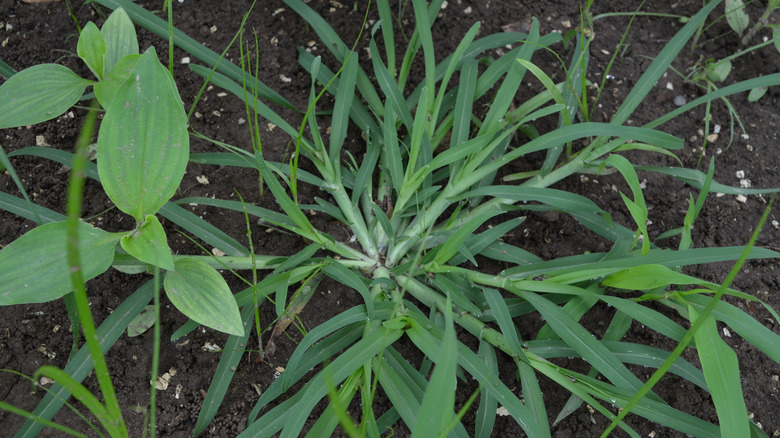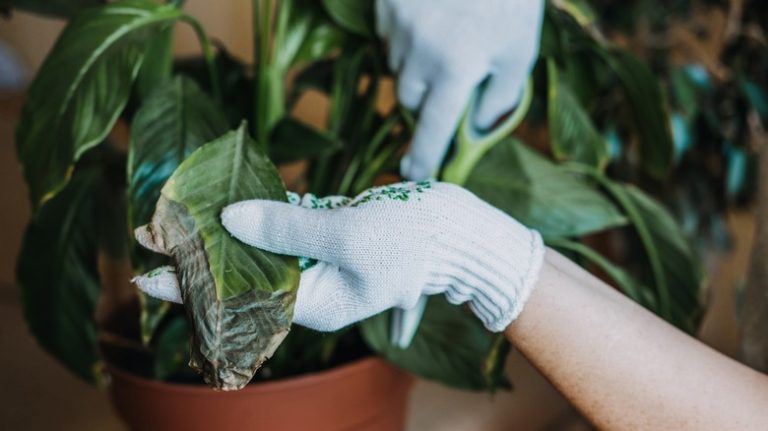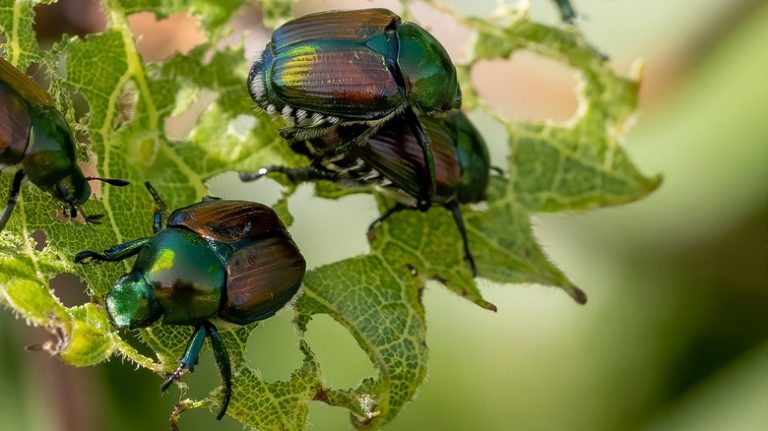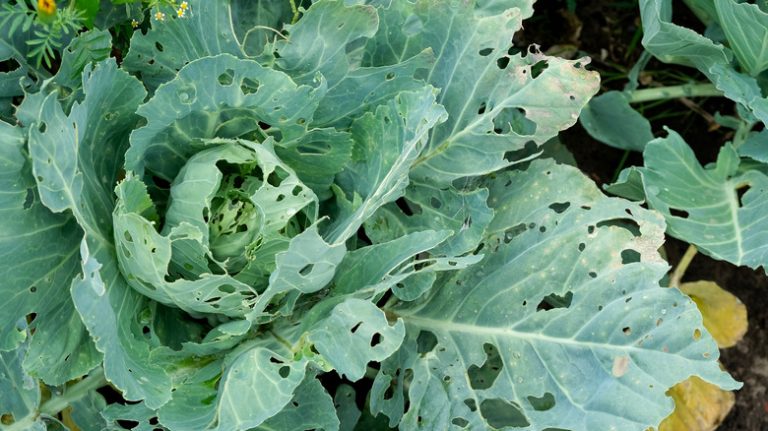Crabgrass is an unwelcome guest in many gardens, and it can be a particularly tough nuisance to get rid of. But what if the solution is as straightforward as reaching into your kitchen cabinet? That’s right, baking soda can effectively kill crabgrass, offering you a convenient and eco-friendly method to manage this invasive lawn weed. Originating from Europe and now widespread in various parts of the world, crabgrass is an annual weed that thrives in the summer. Its name might suggest a sea creature, but this invader is entirely terrestrial, creeping along the ground and sending up shoots as it goes. It’s one of those plants that seems to thrive no matter the conditions — be it dry or wet soil.
The real issue with crabgrass is its impact on your garden’s ecosystem. When it moves in, it hogs essential resources like sunlight, water, and nutrients, often at the expense of other plants you’re trying to cultivate. The invasive nature of crabgrass makes it a considerable threat to lawns and gardens, disrupting the aesthetics and health of your outdoor space. In the worst cases, it can choke out desirable plants, leaving behind a splotchy, uneven terrain that’s more weed than lawn or flowerbed.
Using baking soda as a crabgrass killer allows you to address this issue without turning to harmful chemicals. It’s a convenient option, considering most people already have baking soda in their homes for cooking or cleaning. And besides its availability, it’s a cost-effective and eco-friendly way to keep your lawn or garden crabgrass-free.
The science behind baking soda’s efficacy on weeds
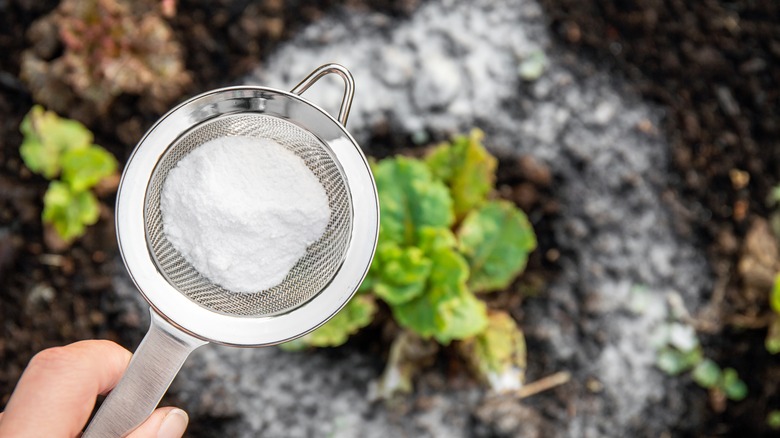
Why does baking soda work against crabgrass? The answer lies in its active ingredient, sodium bicarbonate. This compound has phytotoxic properties that wreak havoc on the cellular functions of plants, particularly invasive weeds like crabgrass. Sodium bicarbonate essentially alters the soil’s pH levels by increasing salt content, turning it into a hostile living condition for the weed. This sudden change has a cascading effect on the weed’s survival mechanisms, impacting its ability to absorb vital nutrients. So, you’re not just stopping its growth — you’re actively starving it. Moreover, baking soda has desiccant properties.
When you apply it directly to the crabgrass, it removes essential moisture from the plant tissues. This dual-action — disrupting nutrient absorption and sapping moisture — weakens the crabgrass until it can’t sustain itself, leading to its eventual death. However, it’s crucial to use baking soda judiciously. Its powerful effects aren’t selective; they can damage other plants that you’d like to keep. So, when applying, make sure you’re aiming only at the crabgrass. It’s all about targeted application.
The potency of the baking soda solution you’re using will dictate how quickly it takes effect. Stronger concentrations containing vinegar act faster but come with heightened risk for your other plants. A more diluted solution may take longer to show results but is generally safer for the surrounding vegetation. Always keep this balance in mind as you go about your application process.
Preparing a homemade baking soda solution to combat crabgrass
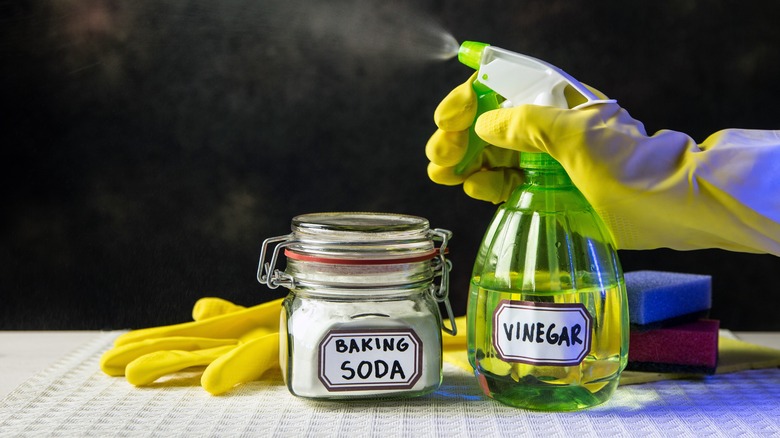
Safety is paramount when using baking soda. Before you start mixing any ingredients, put on a pair of gloves to protect your skin from irritation. Now, let’s get down to creating your homemade crabgrass killer. To begin, grab a clean spray bottle that you can dedicate solely to this purpose. Next, reach for your baking soda and white vinegar. These are the primary components of your crabgrass-killing spray. Pour equal parts of baking soda and white vinegar into the bottle. You’ll notice some fizzing, which is a normal chemical reaction between the vinegar and baking soda. Don’t worry; it won’t affect the efficacy of your solution. Next, add half a cup of water to make your mixture easier to spray. This dilution will not significantly affect the potency but will help in the application process.
Finally, consider throwing in some Castille soap for an added boost. The soap acts as a surfactant, helping the mixture stick to the crabgrass’s surface more effectively. Just a few drops will do — no need to go overboard. Once you’ve added all the ingredients, screw on the spray bottle’s cap and shake the bottle well to mix everything thoroughly. Your crabgrass killer is now ready for action. As a last note, because this solution is potent, spray only the crabgrass, avoiding any contact with the plants you want to keep healthy and alive.

